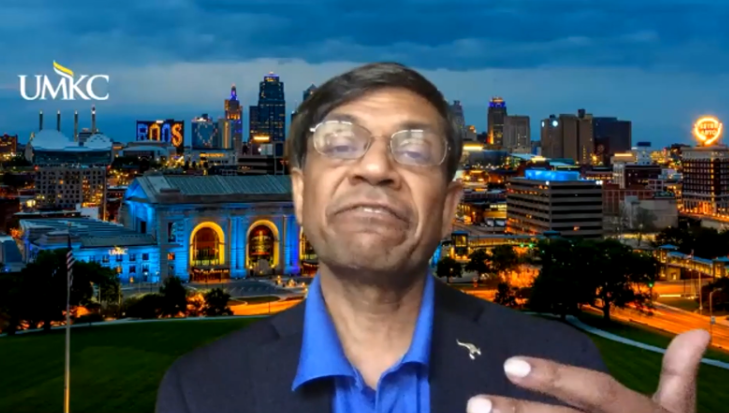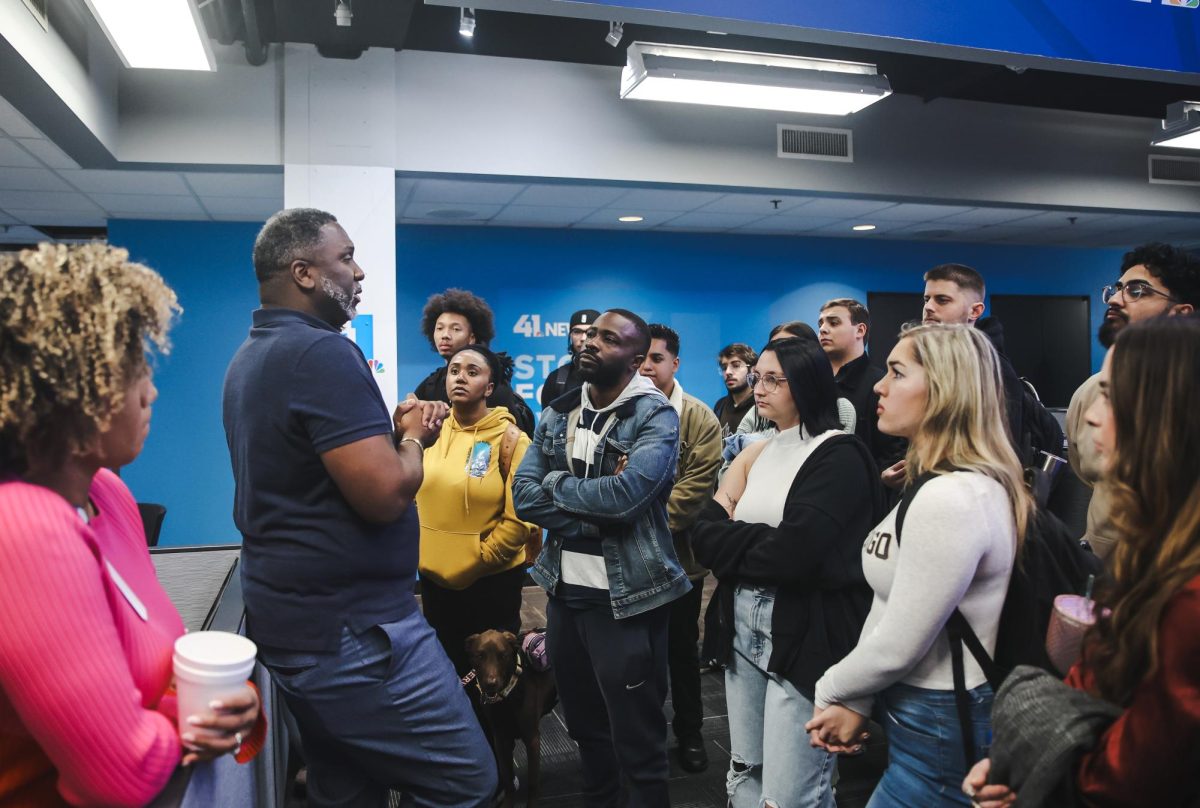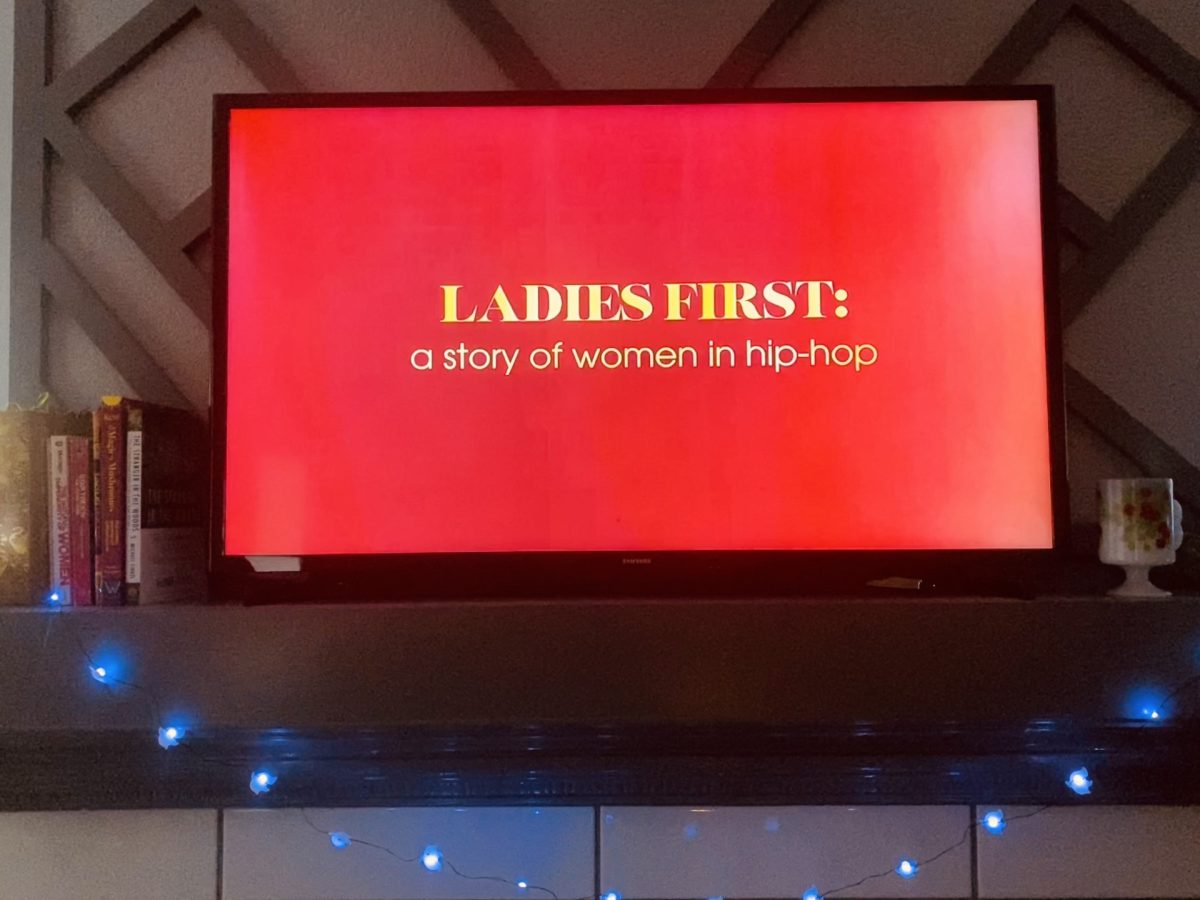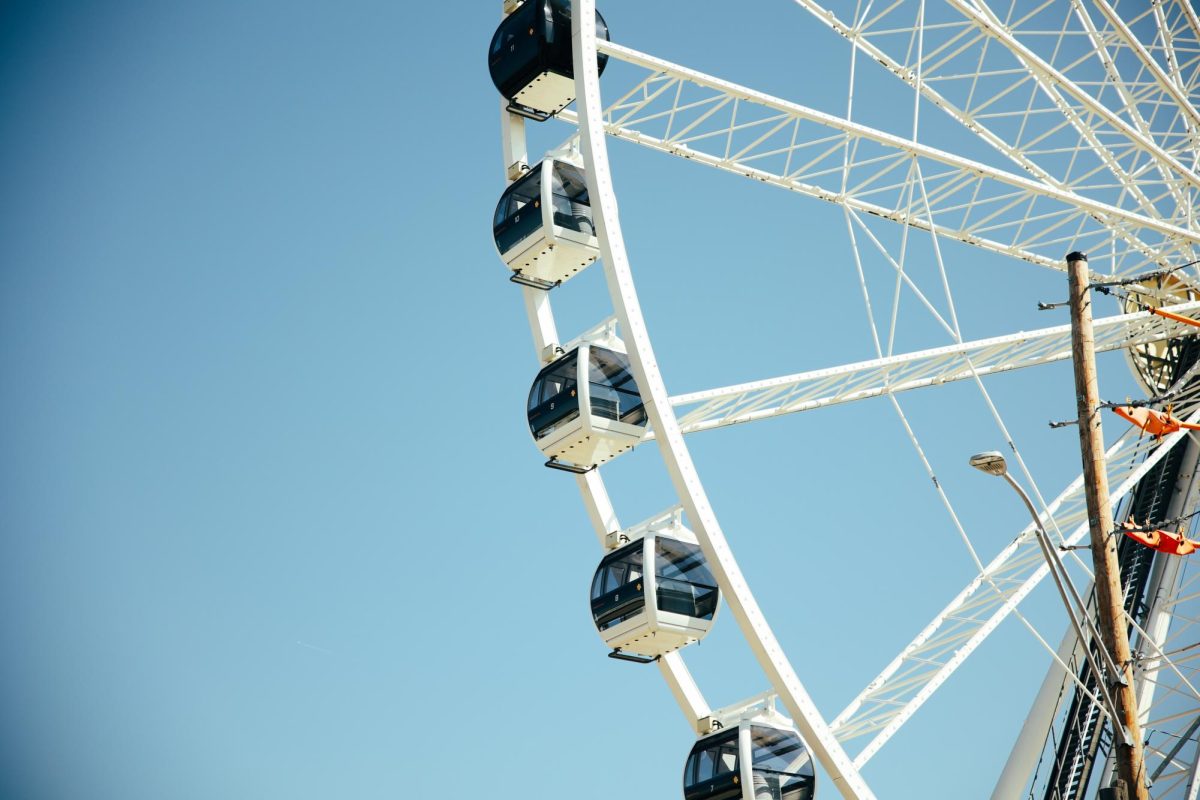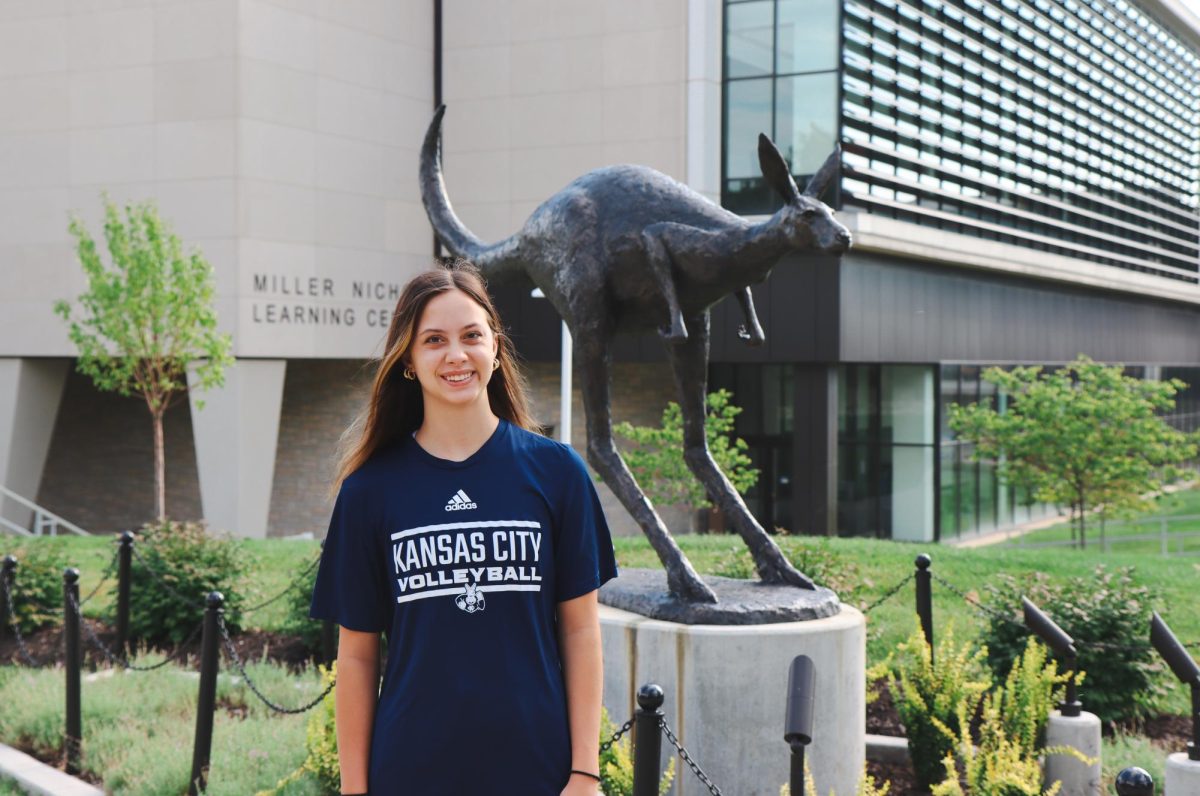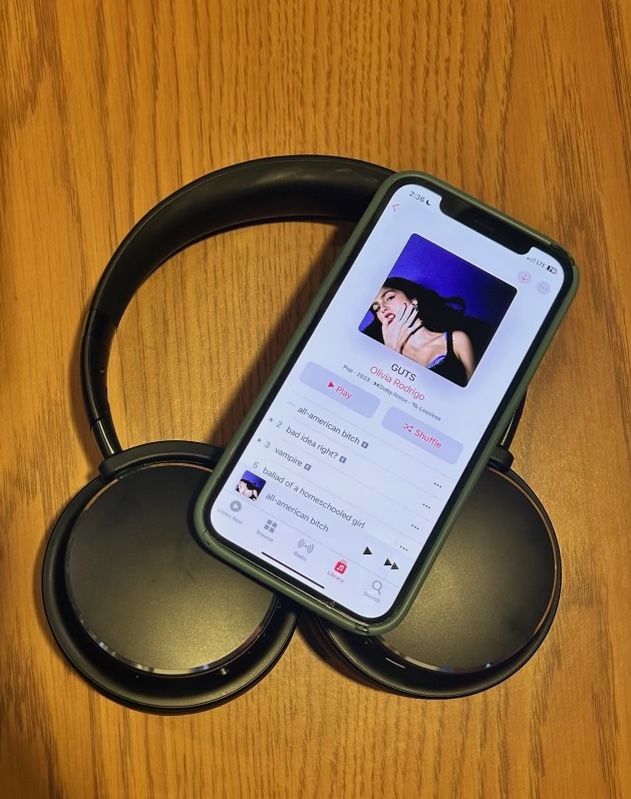As the fall approached, UMKC chose to partially reopen with a mix of online and in-person classes and services. However, as the pandemic continues to rage across the nation, the question remains whether campus can remain open through the semester.
Though the campus is awash in face masks, abounding with social distancing precautions and swimming in sanitizer, the coronavirus has proved pernicious. At the time of writing, there have been 14 cases in campus buildings since the beginning of August. This pales in comparison to MU, which has seen at least 306 student cases alone since Aug. 19.
“It is unrealistic to expect that a college campus can remain COVID-free under current conditions,” says UMKC’s coronavirus webpage.
Chancellor Mauli Agrawal has also acknowledged the reality of the situation. “Folks, given with this disease, there will be some cases on campus. That is bound to happen,” he stated in an early August webinar.
Just as preparations have been made on-campus to prevent the spread of COVID-19, UMKC administration has been planning behind-the-scenes for the cases that continue to arise. Tucked into the coronavirus webpage, UMKC has created a three-page document entitled “Campus Decision-Making Scenarios for AY 2020-2021.” Created in partnership with the KC Health Department, the document sheds light on the possible future decisions by the university.
It establishes that UMKC will hold weekly check-ins with Kansas City Public Health, Rockhurst University, Avila University and the Kansas City Art Institute to evaluate the status of the pandemic on campus and inform future decisions.
It outlines that comparisons will be made within the KC area, and the number (at the time of writing) used to determine ratios of infection will be 10,000.
The document sets an important date as well: Sept. 14. The campus case count at that time will be used for comparison between UMKC and the larger KC area.
Finally, the document establishes three statuses for UMKC: green, yellow and red. Much like a stoplight, the change in color marks a rise in severity of COVID-19 on campus.
The green state – where UMKC currently stands – indicates that the surrounding community is open and resources are not overburdened. Here, some in-person classes and services are allowed, students can stay on-campus and buildings are open.
The next state, yellow, may present itself as a future danger area for the school. Here, some or all classes would move online, and restrictions would greatly increase. A laundry list of conditions are given that could catapult UMKC into this state: campus COVID incidents being significantly greater than the surrounding community, if 5% of those in a building test positive for the virus in one day, 4% test positive over two days, or 3% over three days, if campus quarantine spaces exceed 5% resident hall capacity, if campus contract tracing cannot be completed in 48 hours or if there is evidence of uncontained transmission across campus.
The final state, red, would occur if Kansas City reissues a stay-at-home order. In this case, the campus would look similar to its status during the spring semester after March.
The document has already been modified as this article was researched, and could be subject to change down the line.
Despite the rather severe language of the document, UMKC administration has presented itself as having a handle on the situation. Drawing attention to the university’s close relationship with public health authorities, UMKC Director of Strategic Communications John Martellaro said in an interview that he was “fairly confident” situations could be managed, calling questions of a significant campus outbreak “a hypothetical.”
Martellaro emphasized to UNews that in the event of a move to online learning, UMKC faculty had extensive preparation and training, and were capable of adapting to “any modifications circumstances might require.”
When asked about the university’s decision to move campus case notifications to its website rather than emails, Martellaro said,“We thought that the COVID notification emails could become intrusive, especially for the many students, faculty and staff not on campus regularly.”
UNews will continue to update on any new developments in campus cases or major decisions online and in its weekly issue.
samuelbellefy@mail.umkc.edu


